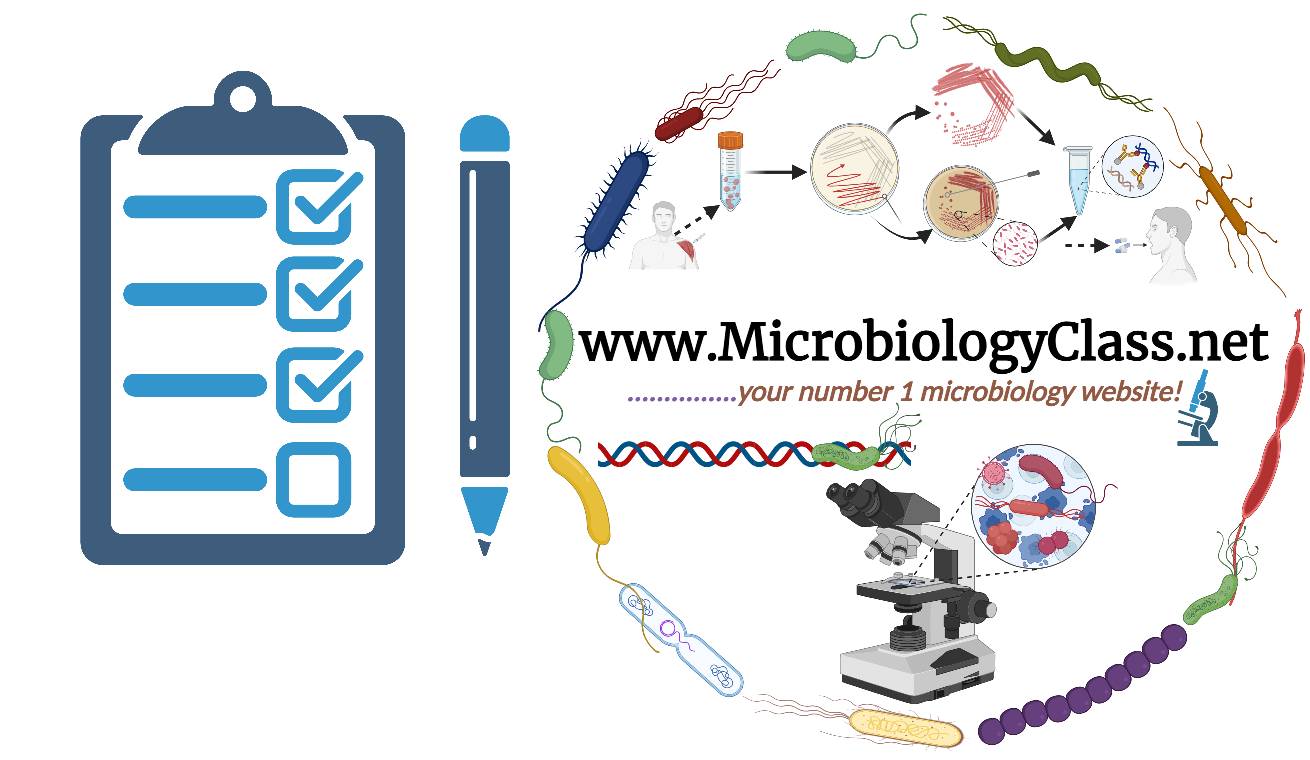- There are so many ways you can go about writing your research statements and results from such achievements or from your research till date. The important thing is to keep it simple and avoid too many confusing grammars or acronyms without first explanations.
- Always remember that reviewers or judges who (usually) has the final decisions to make on your application, whether to approve your funding/application or not, may not necessarily be an expert in your field. So when writing your research statements, always remember to tell your story and not someone else’s; be natural and connect with the reviewer through your writing because you may not be (physically) present to defend yourself before the reviewers when your application is being reviewed. So write to convince the reviewers to show your strengths and win there heart!
- Also, it is important to tell a story so that reviewers or judges of your application can see how your research achievements and results connect with the current application you are submitting. They want to see how it also builds on your previous work.
- Just be natural and tell your story. Below is a sample from one of the many research statements that I have written – and which has helped me win one or two grants or fellowships here and there.
Sample of my research statement and results below:
My Research Goal
My research focused on antimicrobial resistance (AMR), specifically on the spread of antibiotic resistance genes (ARGs) in non-hospital environments. My goal is to understand the fate and effect of antibiotic mixtures on soil microbiomes, since the threats and effects of antibiotic mixtures on the spread of AMR/ARGs in agricultural soils is largely unknown. Previous studies mostly focus on single antibiotics. An understanding of the threats of antibiotic mixtures on soil microbiomes and their functions in agricultural soils is essential for improving soil health, protecting soil microbiomes and mitigating the evolution, persistence, and spread of AMR/ARGs in agricultural soils.
Some Reservoirs of AMR in the environment: Abattoirs and Poultry Farms
My previous work sought to investigate the prevalence of AMR bacteria in abattoir and poultry farms in southeast Nigeria. A critical challenge in community-acquired infections in southeast Nigeria is that food-producing animals are major risks for increase in disease burden because antibiotics are used as growth promoting agents in animal husbandry and poultry production in the region, and this may represent a risk to human health. To ameliorate the situation, I investigated the frequency and dissemination of some priority resistant Gram negative bacteria including Escherichia coli, Klebsiella pneumoniae, and Pseudomonas aeruginosa in the non-hospital and hospital environment in southeast Nigeria.
Surveillance and timely detection of the emergence and spread of AMR bacteria in the community is critical for proper infectious disease management and improvement in patient’s prognosis. I tackled this challenge by investigating several resistance mechanisms that mediate resistance in these organisms, particularly their ability to produce some multidrug resistance factors such as extended spectrum beta lactamases (ESBLs), AmpC enzymes and metallo beta lactamases (MBLs). My works resulted in the publication of several novel data that revealed the resistance mechanisms responsible for AMR in these microorganisms including the uncovering of MBLs among carbapenem-resistant Gram-negative bacteria from rectal swabs of cow and cloacae swabs of poultry birds (Ejikeugwu et al., 2017), discovery of FOX-1 AmpC β-lactamase gene expression among E. coli isolated from abattoir samples (Ejikeugwu et al., 2018), characterization of blaIMP-1 MBL genes among Klebsiella species from abattoir samples (Ejikeugwu et al., 2019), and confirmation of abattoirs as non-hospital sources of ESBLs in southeast Nigeria.
Previous antibiotic therapy in southeast Nigeria relied on rudimentary antibiotic susceptibility testing (AST) that is deficient in detecting mechanisms of multidrug resistance in pathogenic bacteria. My investigation into the factors that mediated multidrug resistance in these Gram negative pathogens led me to develop innovative homegrown techniques that transformed AMR research in southeast Nigeria. This has also given rise to the establishment of the Southeast AMR Surveillance and Detection Group, a small monitoring group that provides advocacy and training on AMR in the region.
Transmission of ARGs in the Non-Hospital Environment
AMR is one of the top 10 public health threats facing humanity. Existing studies on AMR in Nigeria have been focused on bacteria pathogens that mediate AMR in hospital environments. Too little is known about antibiotic use and resistance patterns in the non-hospital environments, particularly abattoirs and poultry farms in southeast Nigeria. Since there is paucity of national surveillance system on AMR in Nigeria, I deemed it fit to contribute some baseline data that can help inform and guide policy on AMR and ensure the optimization of the use of available antimicrobial agents in these milieus. Antibiotic use in agriculture particularly in animal husbandry and poultry farms in southeast Nigeria is driving up AMR in both animal and human populations in the region (Ejikeugwu et al., 2021).
Likewise, the use of antibiotics in these environments plays a major role in human health since AMR can be transmitted between animals and humans through the environment (e.g., soils) and food products of animal origin (Ejikeugwu et al., 2020). More worrisome is the fact that organic wastes from these milieus usually end up in the soil when used as manure. This could contribute to the contamination of the soil with antibiotics, and possibly affect soil microbiomes, thereby affecting the soil health. To address this, my Ph.D. focused on a new challenge: characterization of AMR genes from environmental pathogenic E. coli, Klebsiella pneumoniae and P. aeruginosa. I substantially contributed to this field of research by investigating the spread of AMR genes in abattoirs and poultry farms in southeast Nigeria (Ejikeugwu et al., 2021; Ejikeugwu et al., 2020).
This research has stimulated several collaborations at the Enugu State University of Science and Technology (ESUT) between the Department of Pharmaceutical Microbiology and Biotechnology and our partner institutions in Europe (Germany) and Asia (Japan). It has led to the publication of 2 research articles. One article demonstrates the prevalence of Klebsiella species harbouring the blaIMP-1 AMR genes, and how it can be controlled (Ejikeugwu et al., 2019). The other article investigates the public health importance of FOX-1 AMR genes, and how it can be controlled in abattoir and poultry farms (Ejikeugwu et al., 2020). Moreover, one planned paper further elaborating the genetic and biochemical features of these AMR genes is currently being prepared for publication. This should lead to further understanding of AMR evolution and transmission in the non-hospital environment, particularly in abattoir and poultry in southeast Nigeria.
Conclusion and Next Step
My prior research efforts demonstrate that I can productively collaborate with senior researchers in Japan to challenge novel research problems. These insights extend the current knowledge on AMR in the non-hospital environments, and also inform better policies for control of AMR in poultry farms and abattoirs in southeast Nigeria – where organic wastes from these milieus usually end up in agricultural soils. Nevertheless, we would gain a much better understanding about AMR evolution and spread in agricultural soils exposed to mixtures of antibiotics if we could further investigate the effect of antibiotic mixtures on the soil microbiomes, and their contributions in the evolution, persistence and distribution of ARGs in soils.
Additionally, my work on AMR has supported my successful applications to the Institute Mérieux Young Investigator Award in France, DAAD Postdoctoral Research Fellowship in Germany, Matsumae International Foundation Postdoctoral Fellowship in Japan. This has also resulted in the publication of over 10 peer reviewed journal articles, and further stimulated multiple collaborations within the Enugu State University of Science and Technology, Kyoto University, Liverpool School of Tropical Medicine in the UK and the Federal Institute for Materials Research and Testing (BAM) in Berlin, Germany. Until now, my work on AMR has already contributed to addressing some of the key knowledge gaps on AMR in southeast Nigeria. It is my expectation to further explore the threats of antibiotic mixtures on the soil microbiomes and their functions in agricultural soils – with the overarching goal being to mitigate the evolution, persistence and dissemination of ARGs and AMR bacteria from these milieus to human population.
Discover more from Microbiology Class
Subscribe to get the latest posts sent to your email.





